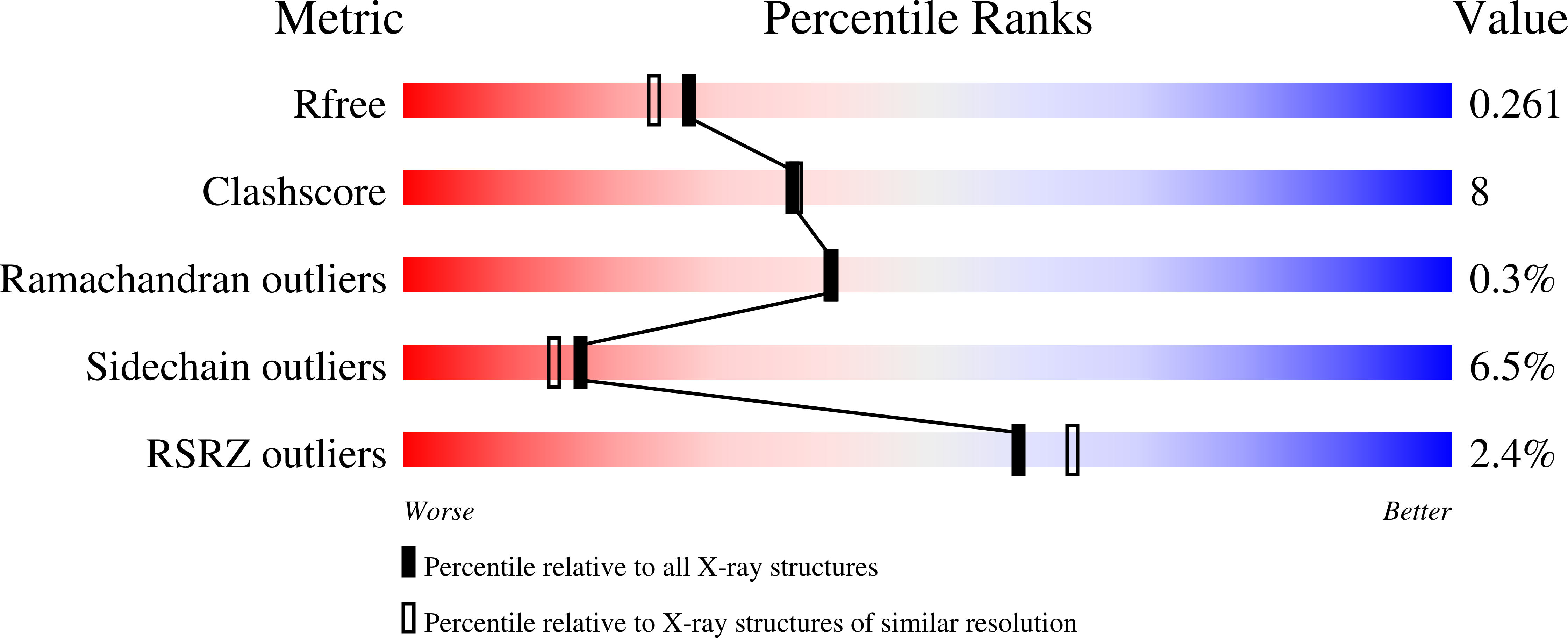
Deposition Date
2009-02-22
Release Date
2009-06-09
Last Version Date
2023-09-06
Method Details:
Experimental Method:
Resolution:
2.10 Å
R-Value Free:
0.26
R-Value Work:
0.20
R-Value Observed:
0.20
Space Group:
P 21 21 21


